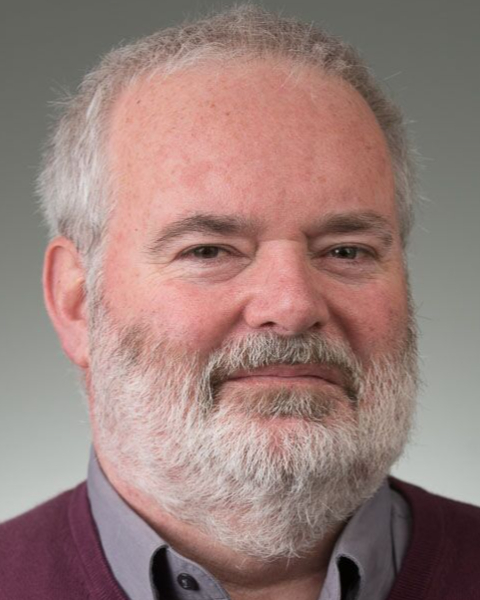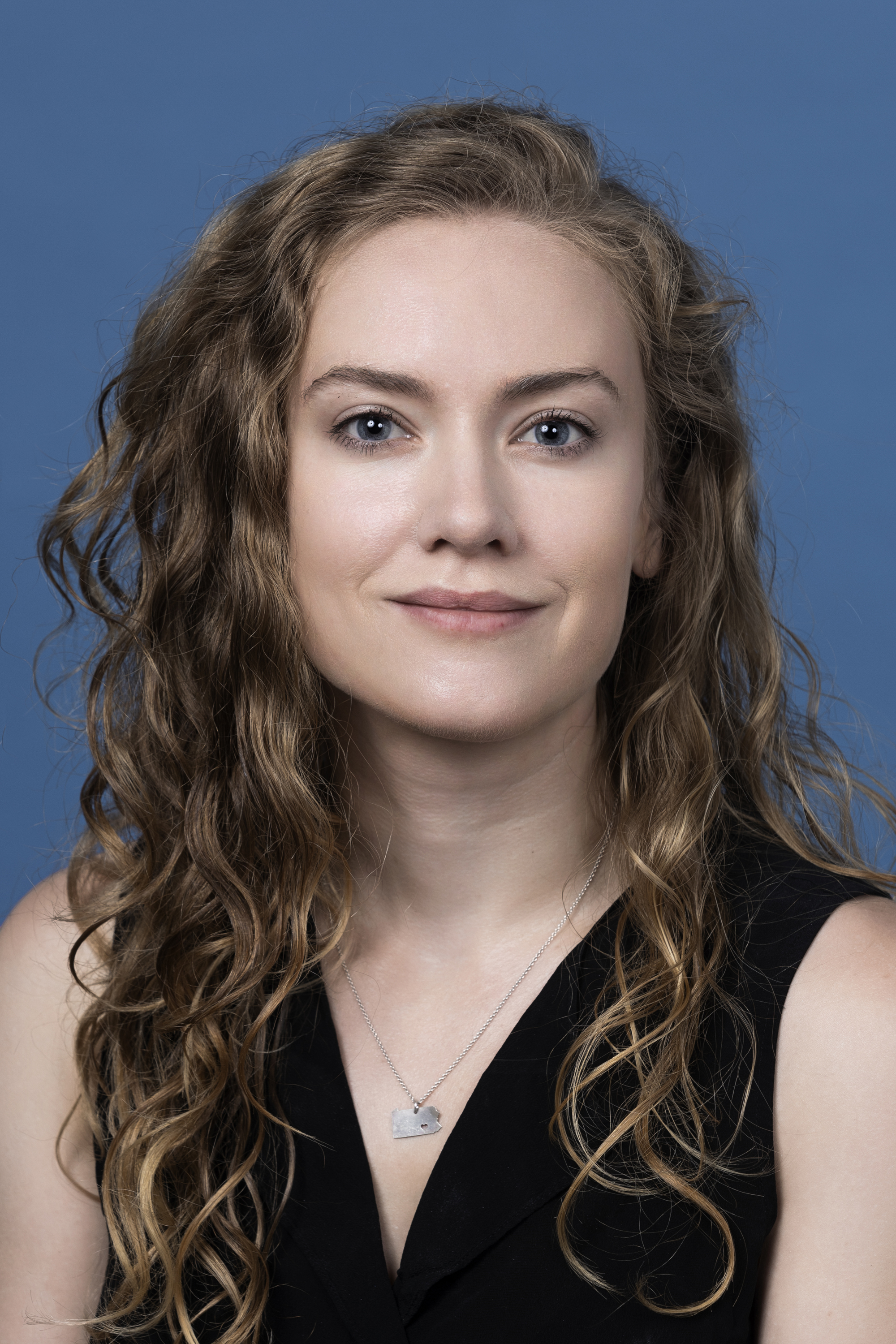Symposia
Child / Adolescent - Anxiety
1 - (SYM 69) Multimodal Treatment for Pediatric Delivered via Telehealth vs. in Person: predictors, Moderators, and Medication Effects

Martin E. Franklin, Ph.D. (he/him/his)
Clinical Director
Rogers Memorial Hospital
Media, Pennsylvania, United States- JE
Jeffrey Englemann, PhD (he/him/his)
Statistician
Rogers Behavioral Health
Oconomowoc, Wisconsin, United States - RS
Rachel Schwartz, PhD (she/her/hers)
Psychologist
Rogers Behavioral Health
Oconomowoc, Wisconsin, United States 
Hana F. Zickgraf, Ph.D.
Research Psychologist
Rogers Behavioral Health
Atlanta, Georgia, United States- JF
Jennifer Freeman, Ph.D. (she/her/hers)
Professor
Alpert Medical School of Brown University
East Providence, Rhode Island, United States - SE
Stephanie Eken, MD (she/her/hers)
Psychiatrist
Rogers Behavioral Health
Oconomowoc, Wisconsin, United States - MH
Michael Himle, PhD (he/him/his)
Psychologist
University of Utah
Salt Lake City, Utah, United States
Speaker(s)
Co-author(s)
Cognitive behavioral therapy (CBT) involving exposure plus response prevention (ERP) has been found efficacious in the treatment of pediatric obsessive-compulsive disorder (OCD), both alone and in combination with pharmacotherapy with serotonin reuptake inhibitors (SRIs; Franklin et al., 2011; March et al., 2004; Skarphedinnson et al., 2015; Torp et al., 2015). Multi-modal treatment for youth with OCD can be delivered effectively via telehealth even at higher levels of care (Franklin et al., 2024), but further exploration is needed regarding whether demographic (e.g., gender, ethnicity), clinical (e.g., psychiatric comorbidity), or treatment-specific parameters (e.g., concomitant medication status) indicate that certain patients might benefit more from in-person treatment delivery. The current study examines potential predictors and moderators of outcome in a large, nonrandomized clinical trial that examined telehealth outcomes achieved during the pandemic to those from a matched sample of patients treated in person (Franklin et al., 2024); changes in OCD symptoms and in quality of life were examined in youth with pediatric OCD receiving multi-modal treatment at higher levels of care (Intensive Outpatient (IOP) or Partial Hospitalization (PHP) programs). Primary outcome measures were the self-report version of the child and adolescent version of the Children’s Yale-Brown Obsessive-Compulsive Scale (CY-BOCS-SR) and the Pediatric Quality of Life Enjoyment and Satisfaction Questionnaire (PQLESQ). A total of 1,286 multimodal treatment patients ages 7 – 17 inclusive will be included in the proposed predictor and moderator analyses. For each measure, regression analyses will be conducted examining variables found predictive of discharge scores in prior research trials (e.g., initial severity, gender, psychiatric comorbidity, medication status). Medication status at admission and at discharge will both be examined, as medication status changed for many patients from pre- to post-treatment as per treatment protocols. The current sample is the largest group of pediatric OCD patients ever reported on in a clinical trial, which affords the opportunity to use state-of-the-art statistical methods to examine these potentially important predictors of which treatments work best for which clients. Clinical implications of study findings will be discussed.

.png)
